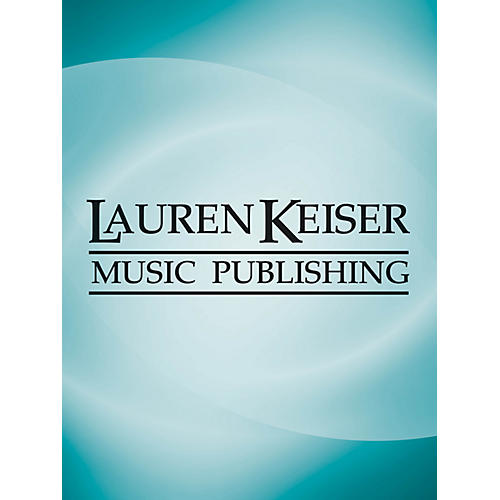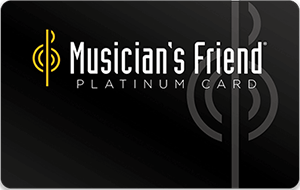Why Shop With Us?
Free Shipping
Free Standard Ground shipping (48 contiguous states, some overweight and Used/Vintage items excluded).
Orders placed before 3 p.m. ET usually ship the same business day.
Learn More2-Year Free Warranty on Guitars
Every guitar or bass you purchase from Musician's Friend (electric or acoustic, New or Open Box) includes two years of protection from manufacturer defects.
Contact Us for DetailsWe're Here for You
Our Gear Advisers are available to guide you through your entire shopping experience. Call or Chat for expert advice and to hear the latest deals.
Contact UsContact Us
Hablamos Español
866.226.2919
Hours:
MON - FRI 6 AM – 7 PM PT
SAT 7 AM – 6 PM PT
SUN 8 AM – 5 PM PT

Lauren Keiser Music Publishing Segah: Double Concerto for Persian Ney, Kamanche, and Orchestra - Full Score LKM Music by Reza Vali
true trueMusician's Friend Rewards
This oversized item has special shipping requirements

Lauren Keiser Music Publishing Segah: Double Concerto for Persian Ney, Kamanche, and Orchestra - Full Score LKM Music by Reza Vali
Oops!
- Free Shipping
- Flexible Financing
- Lowest Price
Questions & Answers
Do you have questions about this product?
- Free Standard Ground shipping (48 contiguous states, some overweight and Used/Vintage items excluded).
- Orders placed before 3 p.m. ET usually ship the same business day.
Every guitar or bass you purchase from Musician's Friend (electric or acoustic, New or Open Box) includes two years of protection from manufacturer defects.
Our Gear Advisers are available to guide you through your entire shopping experience. Call or Chat for expert advice and to hear the latest deals.

Musician's Friend Support







































































































































